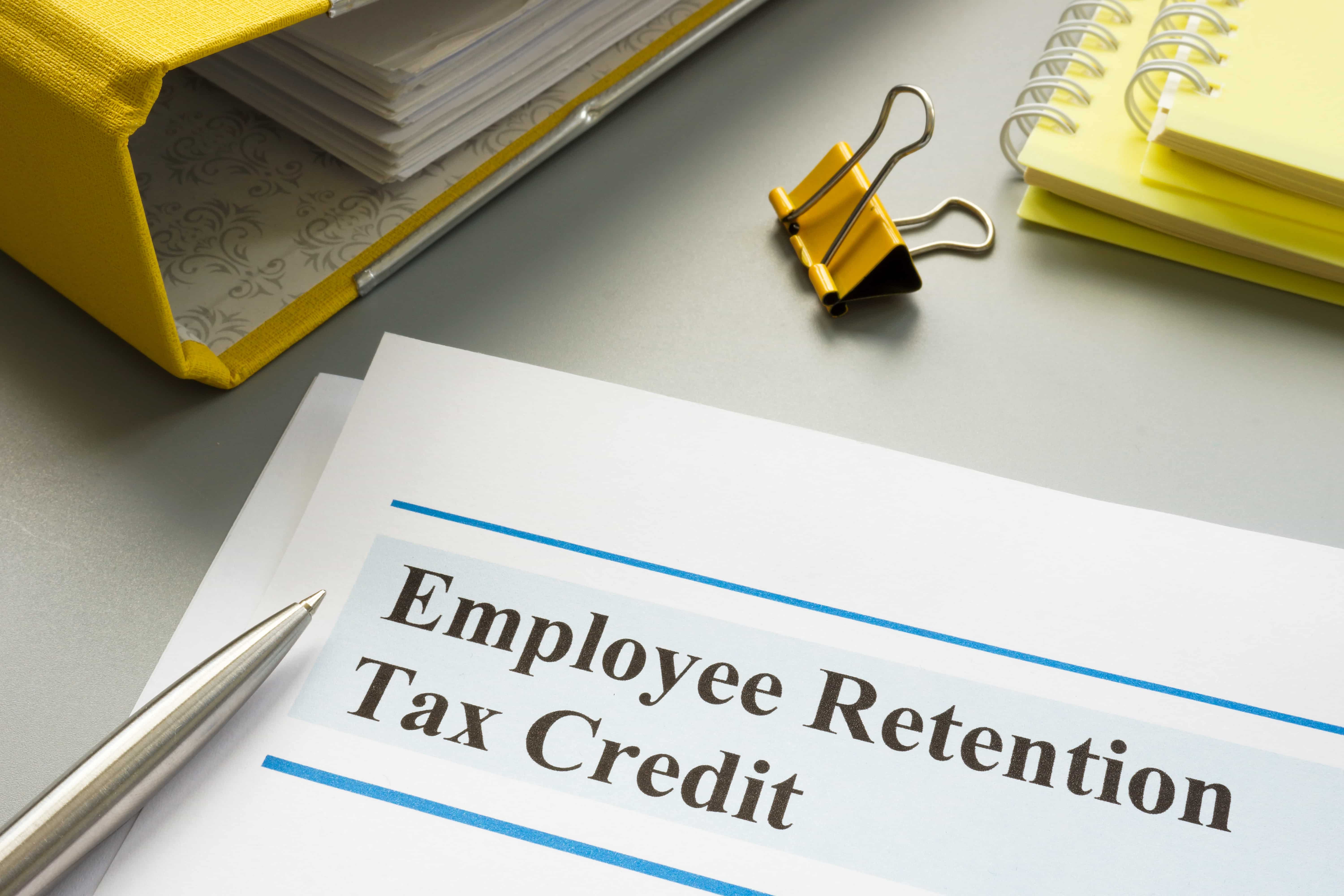Paycheck Protection Program (PPP) loans gave many businesses a lifeline during the height of the Covid-19 pandemic and lockdowns. Up to 76 percent of small companies who applied for the loans got them. As a result, these companies avoided bankruptcy.
But the question now remains — how can businesses recover from the economic fallout of 2020 and 2021? Enter the ERTC or Employee Retention Tax Credit. Companies who took out PPP loans are left wondering if they can obtain the ERTC too.
Let’s explore.
ERTC and PPP Loans: What’s the difference?
The PPP loans were given to companies and entrepreneurs to continue to pay their workers, vendors (and themselves if self-employed) during the pandemic. Companies could also use the PPP loan to rehire laid-off employees.
The IRS created the Employee Retention Tax Credit program simultaneously to help business owners keep employees on the payroll. It’s a tax credit intended to offset the 6.2 percent FICA tax.
ERTCs are for companies with W-2 employees that experienced financial hardship during the Covid-19 pandemic. Businesses can retroactively claim the ERTC — even if they obtained a PPP loan.
Who can’t get the ERTC?
Self-employed individuals and businesses without payroll tax liability cannot claim the ERTC. In addition, business owners and certain family members can’t have their wages included as a qualified wage expense either.
Who Qualifies for the ERTC?
Businesses whose operations were disrupted from government shutdowns or orders and that couldn’t move to remote work are likely to qualify for the ERTC.
According to the IRS, companies must meet one of the following criteria to qualify:
- Proof of revenue impact for all 2020 quarters — Applicants must demonstrate that a given quarter in 2020 was down at least 50 percent compared to the same quarter in 2019. For 2021 eligibility, applicants must show that a given quarter in 2021 was down at least 20 percent compared to the same quarter in 2019.
- Full or partial suspension — Applicants must demonstrate that their operations were either fully or partially disrupted due to government orders related to the pandemic in 2020 or 2021.
Event cancellations, seating restrictions, inability to host gatherings, and reduction in operating hours can all qualify a business for the second scenario.
Mistakes to Avoid When Claiming Both PPP Loans and ERTC
Many of our clients think that if they took out a PPP loan, they can’t apply for the ERTC. But that’s not entirely true. However, businesses should avoid double-dipping between the two programs, particularly regarding wages.
For example, the PPP loan was meant to pay for the highest operating cost of any company, the payroll. As a condition of the loan, businesses had to spend at least 60 percent of the money on payroll. The rest of the funds could be spent on other business operations and expenses.
ERTC funds, on the other hand, can be used on anything the business owner sees fit since these monies are essentially a cash refund. But, the expenses that comprise the credit are limited to qualified wages and healthcare costs that are pre-tax. Therefore, employers cannot use wages paid with PPP loan funds.
PPP loan forgiveness
Additionally, businesses who had PPP loans forgiven might think they can’t get ERTCs. But that’s not necessarily true either. Many of our clients have obtained ERTCs while, at the same time, ensuring their ability to preserve PPP loan forgiveness.
Claiming the ERTC and PPP loan: Conclusion
We’ve helped many clients who took out PPP loans obtain hundreds of thousands and sometimes millions of dollars in ERTCs.
If your business took out a PPP loan and needs additional funds to recover, reach out to us today to explore your options for obtaining the ERTC while preserving PPP loan forgiveness.



